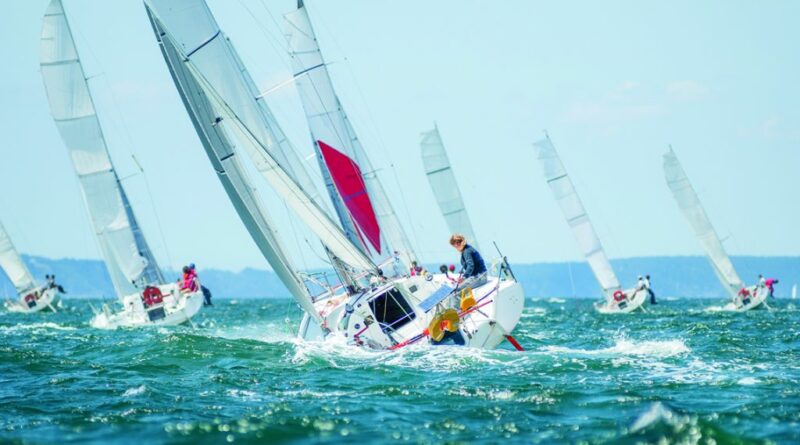Offshore Racing Congress Weather Routing Scoring
On Nov. 26, the Offshore Racing Congress (ORC) announced that it has chosen to step away from “Scoring Wind” for coastal and offshore races and start using forecasted weather instead.
In 2023, several submissions to the ORC Congress asked why the “Scoring Wind” for coastal and offshore races was often very different from the wind conditions experienced by the competitors. According to the ORC, this can happen when offshore and coastal races are scored using the All-Purpose Handicap (APH) method, which is based on a mix of the wind speeds and accurate wind angles from the polar curves on a sailor’s certificate.
Whatever the conditions the sailor experiences in the race, the race is consistently scored on the same mix of wind speeds and directions when APH is used. The “Scoring Wind” does not match what the sailor experienced because the APH mix of conditions was different from the actual weather. However, the APH is like a broken clock— only right twice daily.
This situation can be improved by finding a mix of wind speeds and points of sailing that match what racers see in the race. Attempts to score races based on the “observed” conditions have never been successful because:
– the data from the boats is hard to collect and does not give course-wide conditions.
– the race can only be scored after the finish if this approach is used.
Nevertheless, using these methods and their inherent inaccuracies, offshore sailors have for years had to endure the possibility that despite their best efforts at racing their boat, they could still lose the race to a ship that was “lucky” by simply having weather that was more favorable to their rating.
The way the ORC has chosen to fix this problem is to use the forecasted weather.
How the procedure will work:
- A few hours before the race starts, the whole fleet will sail a simulated race using the forecasted weather or GRIB files. GRIB is a World Meteorological Organisation (WMO) format for gridded data. The operational meteorological centers use GRIB for storage and exchanging gridded fields.
- This will allow each boat to pick its optimum route and point of sail around the course.
- The simulation will deliver the optimized route and predicted elapsed time for each boat.
- The Time Correction Factor for each boat to use in the race will be calculated from the differences in the Predicted Elapsed Time.
Each boat will leave the start line knowing the Time Correction Factors (TCFs) of all its competitors based on the best forecast of the race conditions.
For 2024, the ORC staff will use this process described below to handicap and score offshore races at ORC Championship events:
- A few hours before the race starts, the ORC scoring software will simulate the race using:
-
- the best weather and current forecasts available for the race area and duration
-
- the polar curves from the boat’s certificate
-
- the course geometry input by the race organizer
-
- the “Predict Wind” optimum weather routing software
This process delivers a predicted optimum route and elapsed time (PET) for every boat in the race.
At the same time, ORC will develop the software needed to include Weather Routing Scoring as an accessible option for all race organizers.
It is important to note that race organizers who are happy using the various scoring options on the certificate do not need to stop doing this. Weather Routing Scoring will do better if a fleet has problems with APH for coastal and offshore courses.
For the complete news release, please visit https://orc.org/sailors/news-archive/orc-weather-routing-scoring.


